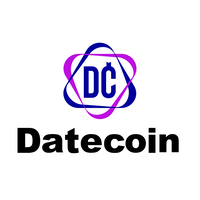ATMs might seem old-fashioned now, but at one point, they were a necessary tool. In the past few years, there’s been a new type of ATM on the block, and it doesn’t spit out old bills. These ATMs deal exclusively in bitcoin. There are over 1,200 Bitcoin ATMs in fifty-five countries. The appeal is that ATMs take out all the uncertainty around mining and cryptography. They turn bitcoin into something tangible. Here’s everything you need to know about Bitcoin ATMs.
What do Bitcoin ATMs do?
Bitcoin ATMs are primarily used to buy and sell bitcoin for cash. The machines look a lot like traditional ATMs, but you don’t need a bank account or a card to access them. Most machines also don’t ask for identity verification (although you may need to transact over a certain limit), but many employ biometric scanners, like a palm reader.
That’s to make sure no unique user goes over their daily limit; the machines don’t store or transmit personal data. Otherwise, each bitcoin ATM is a physical money transmitter; you either put in cash to buy bitcoin or sell bitcoin and withdraw cash.
When were they first created?
The world’s first bitcoin ATM was founded in Vancouver, Canada, which is a pretty important FinTech hub (we’ve heard). A company called Bitcoiniacs owns it. You can find it in a Waves Coffee House right downtown. The machine debuted in October 2013, and it immediately proved its usefulness. There were 81 transactions worth CAD 10,000 on its very first day, and $30,000 worth of transactions on its second day.
Within a year of the first ATM, nearly 300 machines were installed around the world. Granted, 50% of those were in the United States or Canada. Now, you can find Bitcoin ATMs in 55 countries. There are 1268 physical machines – although most are still found in North America, you can also visit ATMs in China, Spain, Austria, and other countries. countries




